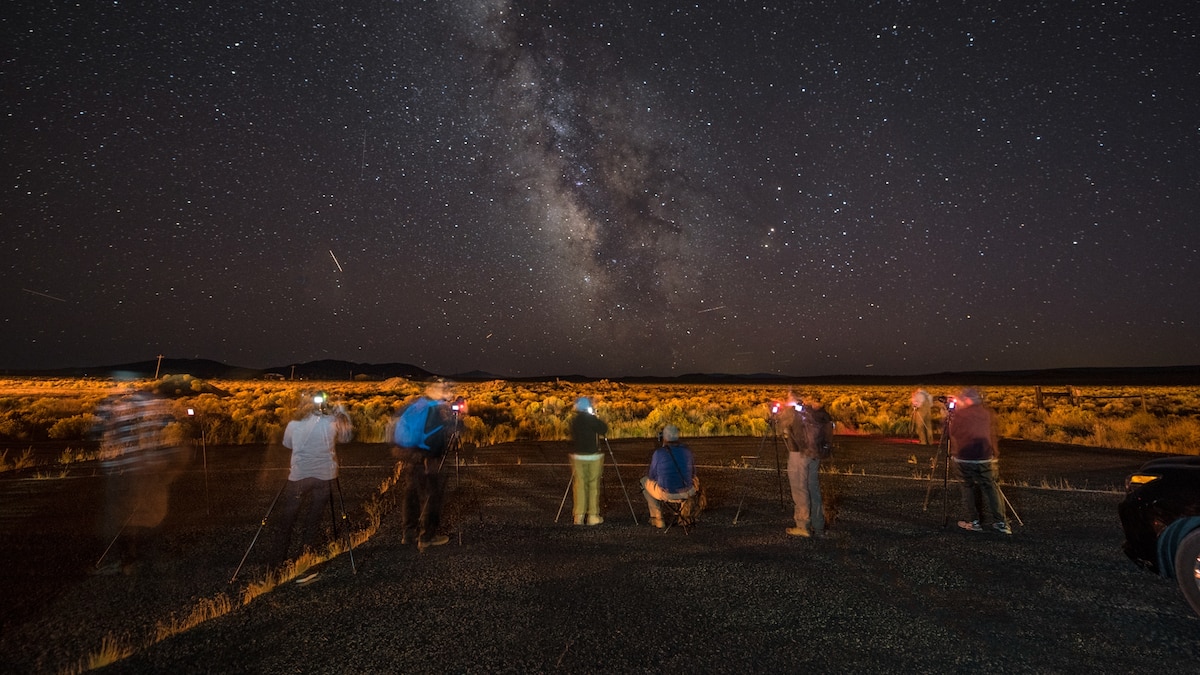Now Reading: Oregon Hosts World’s Largest Dark Sky Sanctuary: Guide to Visiting
-
01
Oregon Hosts World’s Largest Dark Sky Sanctuary: Guide to Visiting
Oregon Hosts World’s Largest Dark Sky Sanctuary: Guide to Visiting

Speedy Summary
- The Oregon outback in Southeast Oregon became the world’s largest International dark Sky Sanctuary in March 2024, recognized by DarkSky International.
- The sanctuary spans 2.4 million acres and is expected to expand to 11.4 million acres upon completion, offering unparalleled opportunities for stargazing.
- Community efforts over five years-including six drafts of a light management plan-resolved residents’ concerns about land use, with no restrictions on private property and guidelines for public lands such as motion-sensitive lighting.
- Multiple government agencies collaborated, including the Bureau of Land Management and U.S. Forest Service.
- Stargazers can explore points like Fort Rock and choose accommodations ranging from rustic cabins at Summer Lake hot Springs to motels in nearby towns like Lakeview and Paisley.
- Responsible tourism practices include observing Leave No Trace principles, using red-light headlamps for minimal disruption to wildlife, mapping out gas stations due to remote terrain access challenges, and respecting local boundaries.
Images:
Caption: Bend serves as a hub for visitors seeking outdoor activities alongside stargazing.
Caption: Wildlife enthusiasts can visit nearby sanctuaries such as Hart Mountain National Antelope Refuge.
Caption: Guests relaxing at natural hot springs near Hart Mountain national Antelope Refuge.
For additional details: Read More
Indian Opinion Analysis
The designation of the Oregon Outback as an International Dark Sky Sanctuary highlights increasing global interest in combating light pollution while promoting sustainable tourism through dark sky programs. For india-a nation home to rich biodiversity but grappling with urbanization-induced ecological challenges-this initiative serves as an example of balancing conservation efforts with local livelihoods through collaboration between communities and governing bodies.
Dark sky sanctuaries could inspire similar initiatives within India’s own protected areas like Ladakh or remote Himalayan regions known for their pristine night skies. Encouraging astronomical tourism tied closely with environmental education may bolster domestic eco-tourism industries while preserving India’s diverse landscapes unaffected by excessive artificial lighting.
This project also underscores how clear interaction helped overcome initial concerns from residents regarding private land rights-a useful model for implementing large-scale projects inclusive of public participation within India’s socio-political context where debates around development frequently enough pivot on these issues.























